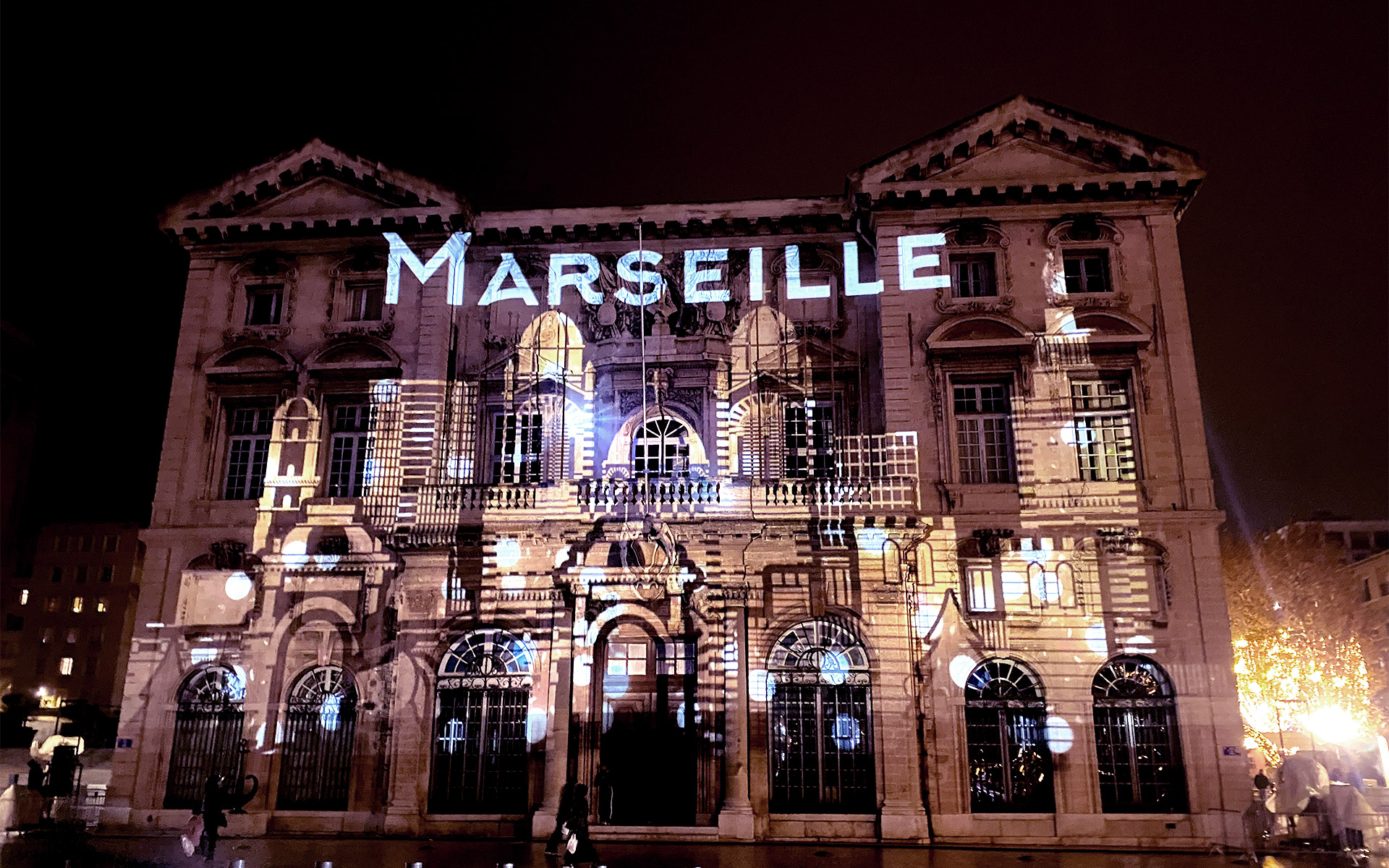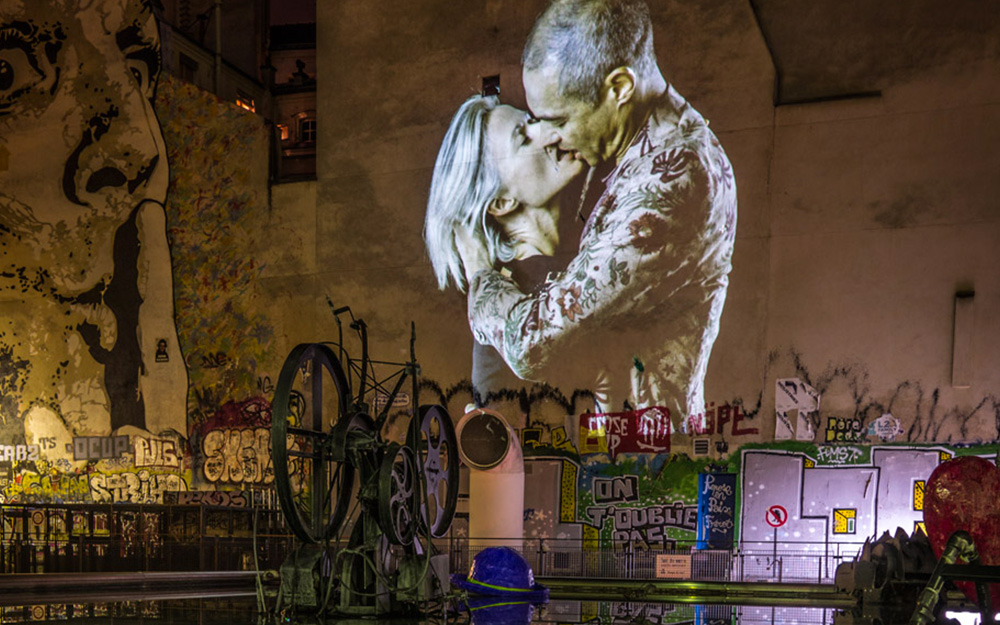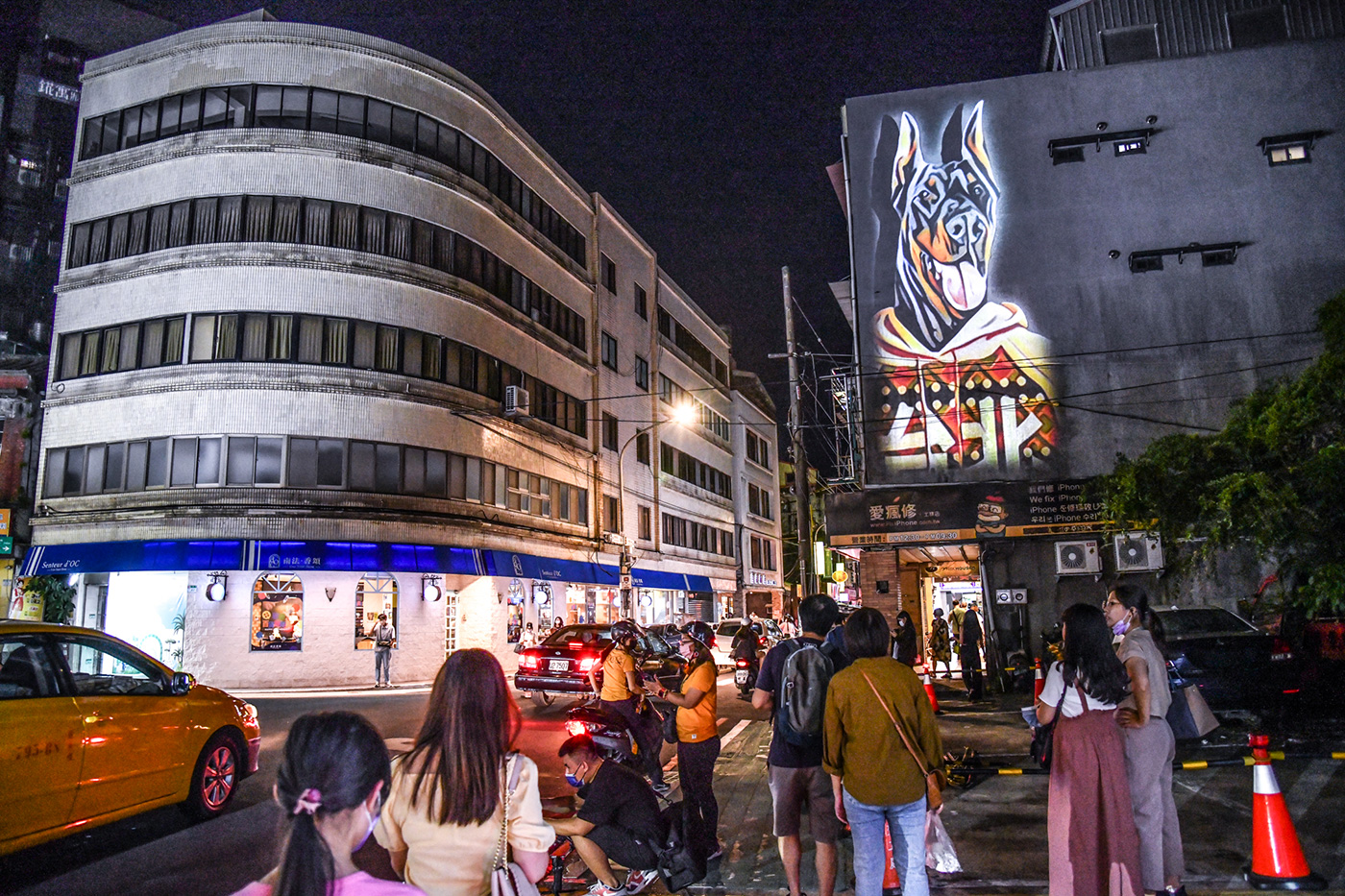The world of visual art has undergone a radical transformation thanks to an innovative technology called "mapping." This revolutionary technique has captured the imagination of audiences worldwide by turning ordinary surfaces into dynamic and immersive works of art. In this article, we will delve into the fascinating world of mapping, exploring its origins, applications, and impact on our perception of space and movement.
What is Mapping?
Mapping, also known as "projection mapping" or "video mapping," is a technique that involves projecting images or videos onto three-dimensional surfaces, such as buildings, sculptures, or natural landscapes, to create stunning optical illusions. Unlike traditional projection, mapping takes into account the contours and dimensions of the target surface, allowing artists to create spectacular visual effects that seamlessly integrate with their environment.

Origins and Evolution
Although mapping has become particularly popular in recent decades, its origins date back several centuries. Early forms of mapping were used in theater shows and artistic installations to create impressive visual effects. However, with the advent of digital technologies and advanced mapping software, this technique has experienced a surge in popularity and has been adopted in various fields, including entertainment, advertising, architecture, and live events.

Applications and Uses
Mapping is used in a multitude of fields for various creative and commercial applications. In the entertainment industry, it is used to create stunning visual spectacles at music events, festivals, and celebrations. In advertising, it is used for immersive marketing campaigns that capture consumers' attention and enhance brand awareness. In architecture, mapping is used to highlight the unique features of buildings and create artistic installations that transform urban spaces.

Cultural and Artistic Impact
Mapping has also had a significant impact on the world of art and culture. By pushing the boundaries of creativity and artistic expression, it has opened up new possibilities for artists and creators to rethink how we interact with our visual environment. By allowing audiences to see the world from a new perspective, mapping stimulates the imagination and invites reflection on our relationship with space and movement.
In conclusion, mapping is much more than just a visual projection technique. It is a dynamic and immersive art form that transforms our perception of the world around us. Whether to entertain, inform, or inspire, mapping continues to push the boundaries of creativity and innovation, offering audiences an unforgettable visual experience with each projection.